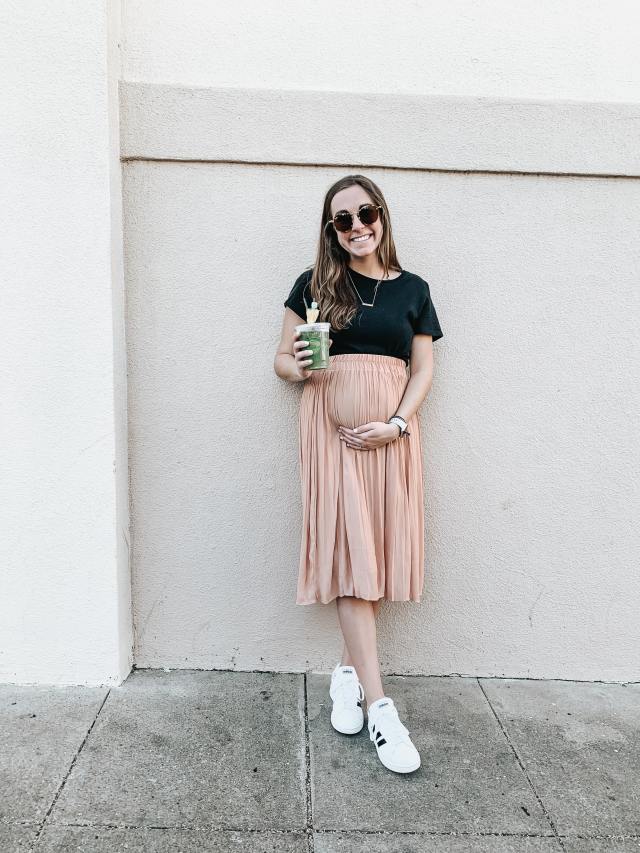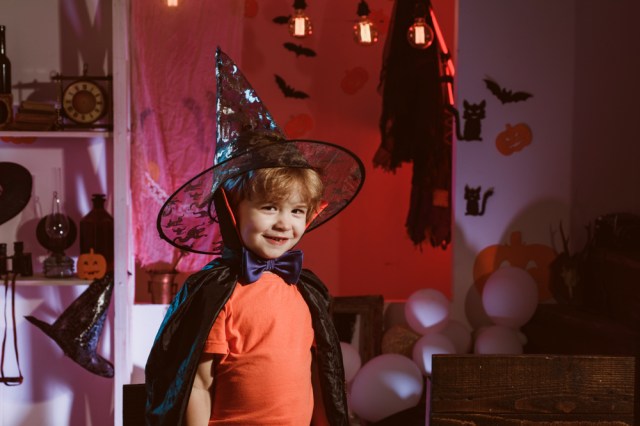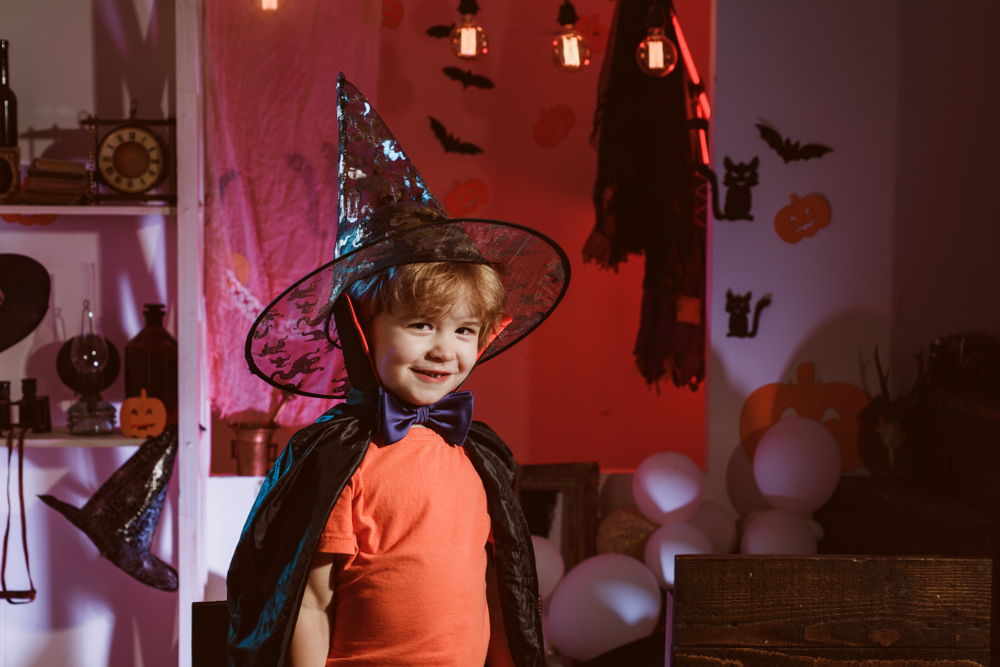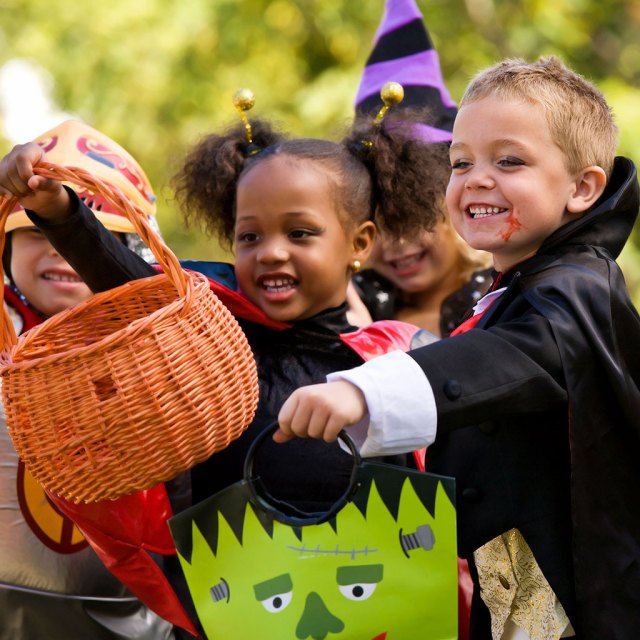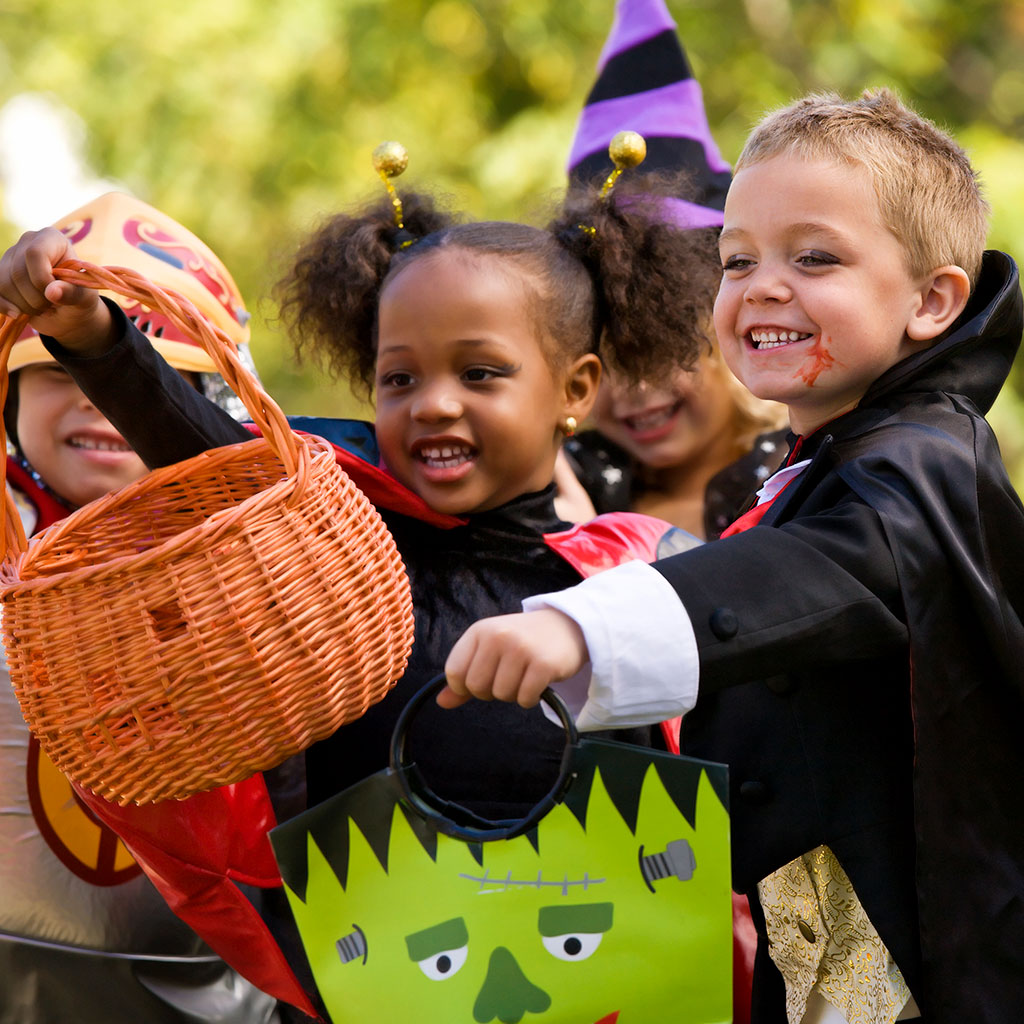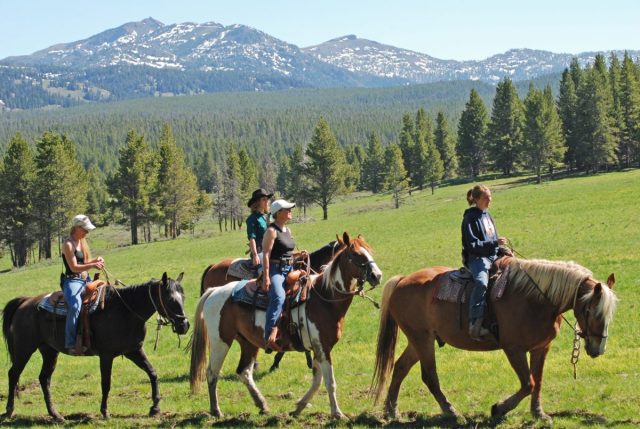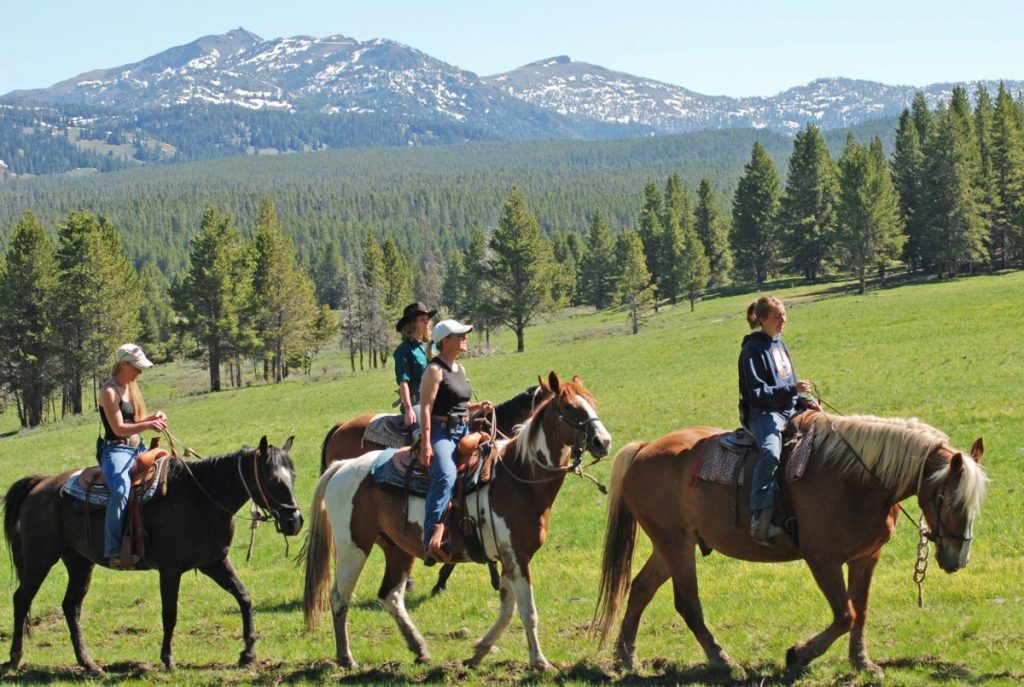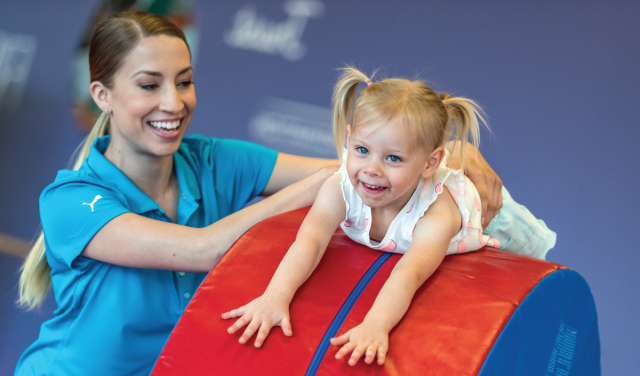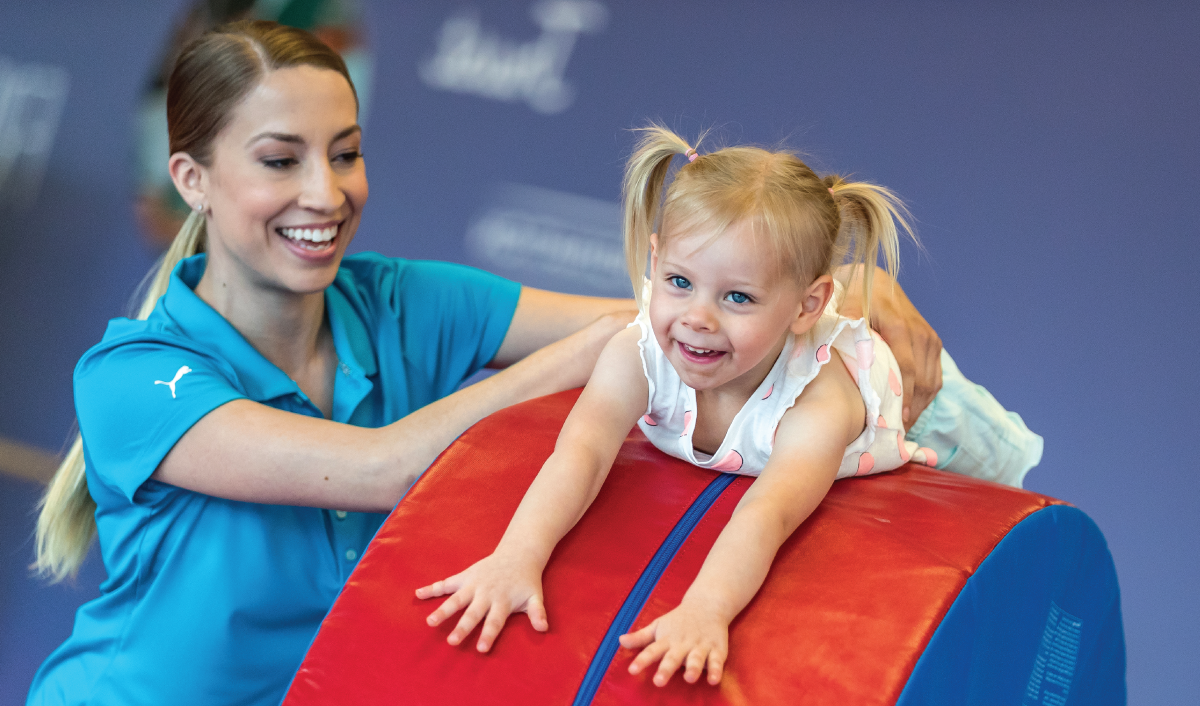When a person finds out that they are expecting, the unsolicited advice starts pouring in. From your great aunt telling you to avoid pineapple to the ever-wise “Dr. Google” advising you to drink some crazy expensive tea every day, the tips that you receive when you are eating for two can make your head spin.
As a prenatal-focused registered dietitian, I have heard some questionable nutrition suggestions floating around the internet—and some tips can even be harmful to a mama-to-be. And while there is no one-size-fits-all dietary approach that will fit every single pregnant person’s needs, there are some general tips that every growing bump should focus on to help keep the growing baby healthy.
Besides the general “eat a balanced diet” and “eat folate-rich foods”, here are four pregnancy nutrition tips that can easily be incorporated into any baby-friendly diet that I tend to recommend over and over again to my clients.
1. Include at Least 450 mg of Choline in Your Diet Per Day
When a person focuses on prenatal nutrition, they know that they need to eat a nutrient-rich diet rich in fruits, veggies, and other healthful choices. And while nutrients like folic acid and DHA are very important for a baby’s development, there is one nutrient that doesn’t get nearly as much attention as it deserves, and as such, is severely under-consumed.
Choline is a nutrient that is linked to some amazing pregnancy outcomes, including reduced risk of having a baby with a birth defect and increased likelihood of having a baby with faster information processing speed.
And in one study, researchers showed that higher choline intake during pregnancy is associated with modestly better child visual memory and attention span once the child becomes 7 years of age. Yet, despite how important this nutrient is, only about 10% of Americans ad 8% of pregnant women currently meet their requirements for choline intake.
And although experts recommend that pregnant people consume 450 mg of choline per day, many prenatal vitamins either don’t provide any choline or only provide a small amount of this nutrient. In fact, a study evaluating the top 25 prenatal vitamins found that no prenatal vitamin contained the daily recommended choline intake for a pregnant woman (450 mg), and over half contained none at all.
For this reason, I always recommend that people who are in the market for a prenatal vitamin choose one that contains close to the recommended 450 mg of choline per serving. One of my favs is BeliWomen, which contains a whopping 400 mg of choline.
And along with taking the right prenatal vitamin, focusing on foods that naturally contain choline like egg yolks, cauliflower, and peanuts is something that pregnant people should focus on every single day.
2. Skip Pre-Cut Fruit, but Don’t Skip Fruit Altogether
Fruit is absolutely a healthy addition to a pregnancy diet. Loaded with important vitamins, minerals, and fiber, fruit is a naturally sweet way to get quality nutrition in a delicious way.
But pre-cut fruit can be contaminated by bacteria—specifically listeria—which can make a pregnant person extremely ill. In fact, according to the Center for Disease Control, pregnant people are about 10 times more likely to get listeriosis than other healthy adults.
When you are pregnant, steer clear of pre-cut fruit sold at grocery stores or offered on salad bars. Your best bet is to choose whole fruit and cut it up yourself.
3. Eat Low-Mercury Seafood Two Times a Week
Here’s a startling statistic: Children whose mothers eat seafood during pregnancy may gain an average of 7.7 IQ points compared to those whose mothers do not eat seafood. Plus, eating fish and shellfish fuels mom with high-quality protein, healthy fats, and key vitamins that are needed to support the baby’s brain and eye development.
The American Academy of Pediatrics recommends pregnant people eat fish weekly, with sustainably caught or raised fish and shellfish offering the best choices. So, as long as you are sticking to choices like salmon, shrimp, and trout, making a point of eating seafood while you are eating for two will serve your baby well.
4. Skip the Booze
No explanation needed here. While some experts suggest that enjoying a glass of wine once in a while is a-ok, other data suggests otherwise. But since there is no data (that I am aware of) that shows a benefit to drinking alcohol during pregnancy, I suggest leaning on mocktails for the next 9 months.
Having a Healthy Pregnancy with Proper Nutrition
Eating to support your pregnancy is simple with a little effort and know-how. And while there are some dietary sacrifices expecting parents need to make—like skipping the martinis—it is well worth it knowing that you will be setting your baby up for the best start in life. And along with the typical tips of taking in enough folic acid, making sure you are consuming enough choline via your diet or the right prenatal supplement, skipping pre-cut produce, eating low-mercury fish twice a week, and foregoing alcohol can help you have the healthiest journey to parenthood for yourself and for your future bundle of joy.
